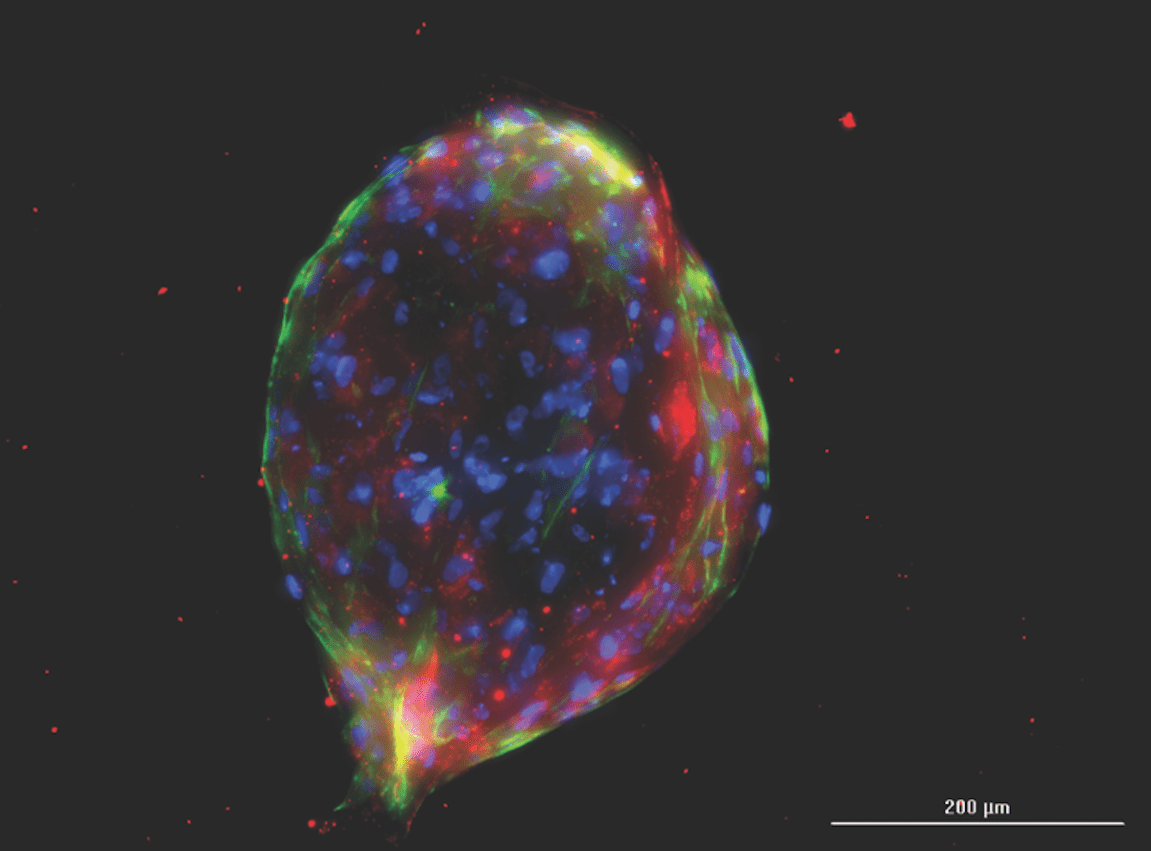
Futuristic Healing
Using stem cells to heal wounds is not a new concept, but up until recently testing has been largely experimental. Stem cells have been tested for skin tissue engineering and wound healing, regenerative wound healing, and at Samford Health as a treatment for shoulder injuries. The FDA has approved the institution’s second-ever adipose-derived stem cell clinical trial which is designed to treat non-healing leg ulcers. The trial began back in September of this year.
Participants in the study are above the age of 18 with a leg wound 3-25 centimeters squared (about 1 to 9 inches) and an A1C less than nine. Additionally, to take part in the study, the leg wound must have been present for at least 3 months and non-healing. “This clinical trial can help explore treatments for people with non-healing wounds, including people who have diabetes and others with conditions that affect their quality of life,” according to David Pearce, Ph.D., executive vice president of innovation and research at Sanford Health.
Stem Cell Research
In 2014, the WHO estimated there were 422 million people living with diabetes worldwide. Non-healing wounds can be a complication of diabetes, as can several types of vascular disease. In the United States, 2.4 to 4.5 million people live with chronic wounds on some part of their body. Especially for those already battling a disease, the additional stress of caring for a non-healing wound can lead to infection, pain, and continuing chronic health issues.
Stem cells are being researched to cure diabetes, regenerate body parts, and so much more. The study at Sanford Health has yet to be completed, but the FDA’s support of the clinical trial shows that there is growing interest and investment in this avenue of research.
Stem cell research began in 1981 and has been viewed at both ends of a wide spectrum of possibility: as potential cure-all answer for some of our most enduring medical mysteries, or as an inherently immoral practice capable of great harm should it get into the wrong hands. In recent years, it would seem that stem cell research has become more widely understood and accepted by the general public, and it continues to grow as a body of research with seemingly countless applications.